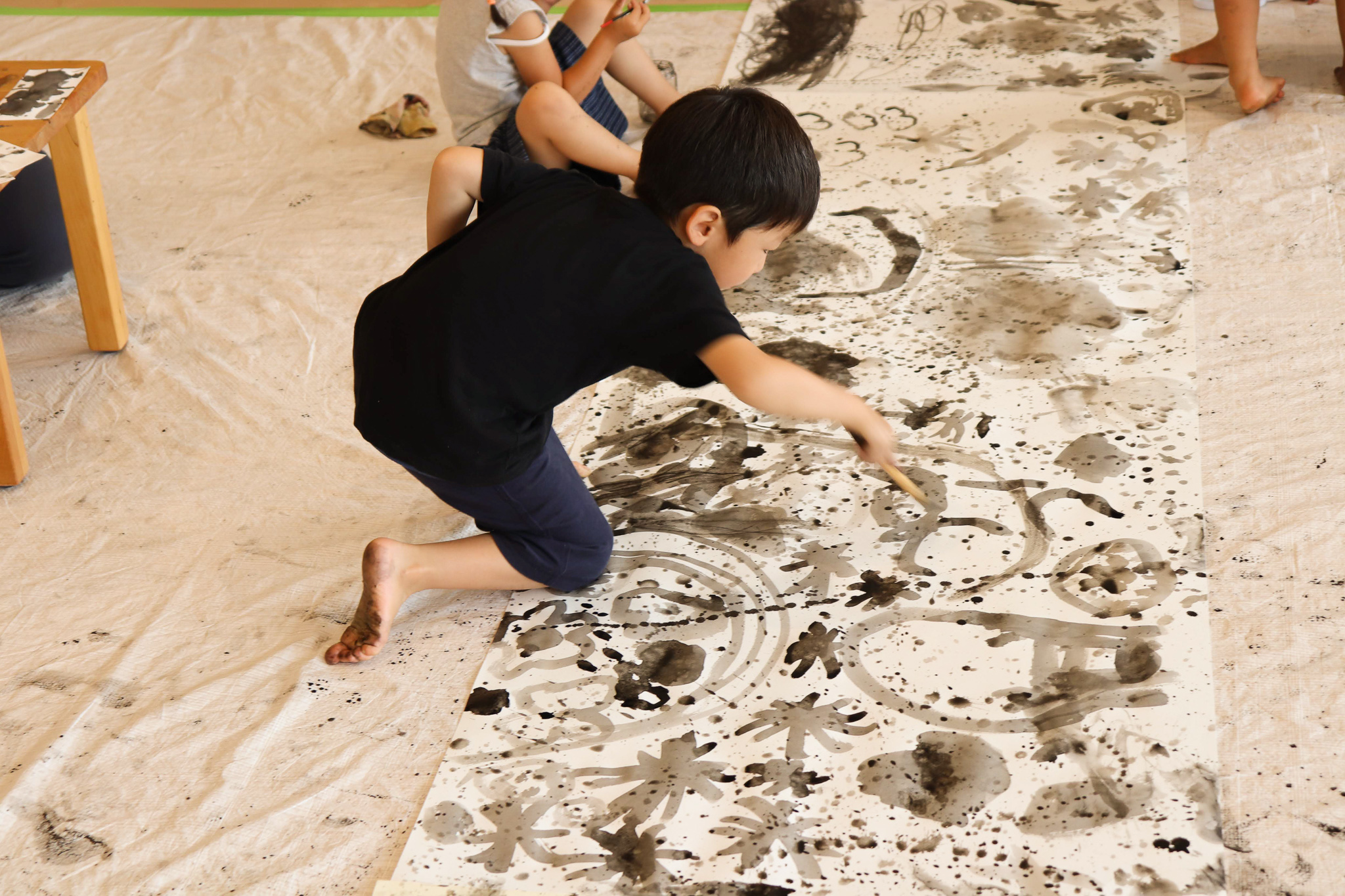
2019.10.09 Yamanoko Tanabata Project 2019 -Our Tanabata Shall Never End
Text:Tomoko Nagao
How this all started
At the end of June, the conversation of “what should we do for Tanabata?” rose naturally. It is very “Yamanoko” to not have a fixed form of conducting an event. While using the past as a reference, we try to create our own way of celebration with the people who are with us now while thinking about existing the children – who only live in the present moment. Last time we set up bamboos by the entrance, created tanzaku with Japanese paper with the children, and had parents write a wish. This year, our Tanabata started with a question: “what is Tanabata?”.
Tanabata is a seasonal festival that uses bamboo, an ancient holy plant, to communicate with heaven. It is stated in the past people would collect night dew from the leaves of taro potato crops, use the water to mix with the ink created by grinding an ink stone (this is called an act of Sumisuri), and use the ink to create poetry. If Tanabata becomes not only a simple act of wishing to heaven but also a catalyst for all experiences to be a communion with heaven by incorporating these elements of nature (such as bamboo and night dew), it would connect with Our Aspiration: “raising children with the sensibility that they live on earth”. After talking amongst ourselves at team meeting, we decided this year we are going to decorate the facility with bamboos cut from the mountain, collect night dew from leaves, sumisuri with the dew collected, draw with the ink and decorate the room with the drawing. All of this process will be an act of prayers (or a communion with heaven).
Creating Tanabata experiences
Thanks to S san (one of Yamanoko’s greatest supporters)’s kindest offer, our staff S went to the mountains together with him to gather the bamboos, and brought them all to Yamanoko. Oh the aroma of bamboos spread in the entrance! Children then began working on collecting water -from drips of night dew on the surface of a leaf to raindrops from heaven. When the water is collected, the next step is sumisuri, or grinding the ink stone to create ink with water. The water children collected were dropped on the surface of the ink stone bit by bit. The children would put all their power onto their arms and grind with passion. “It’s smelly,” “it’s like (black) paint!” such remarks were made by children of age 2 to 3 in Class Warabi.
The difficult part was coming up with the best description for children on the act of praying. I made an attempt as follows; I began with a question, “have you guys been to the shrine in the new years?”, put my palms together and closed my eyes to demonstrate an act of worship and continued, “this is how I do it at the shrine. It’s called praying. We pray to God and to heaven and such. Tanabata is one kind of praying, we send our heart to the sky and to the stars. What I want to do with you all is to paint this paper with the ink just like the act of praying…”. Let’s be honest; what a failure my explanation was. On the other hand, staff A explained to Akebi Class that praying is the act of “sending one’s heart to somebody whom he/she cannot see or talk to as of now.
Itadakimasu before meal is also praying; we thank the life we are given as food”. I was impressed to hear this; well said!
The next step, drawing, happened on a big piece of paper carefreely. First by using the brush, and then by using both hands that gradually lead children to start bodypainting. D-chan took a brush in his hand and painted his palm pitch black. Followed by this attempt was an exclamation “whoa!”, then he started to paint his foot with the same brush. When that was done he goes “whoa!”again, and continued bodypainting. After a while he came up to me and told me “look, my foot became night time.” very calmly. “See, it’s dark. The sun went down.”
Night, darkness and the sun.
A cosmos was born on a tiny foot inspired from the pitch black ink. An exchange of physical communication with D-chan himself must have taken place here when the sense of “painting an object” and “being painted” happen to him simultaneously. Perceiving all this I thought; perhaps such phenomenon was the act of praying itself. Was it the black ink that lead him imagine elements of nature such as night and darkness, or was it mere coincidence, we shall never know. However, there was a strong conviction that perhaps this is what it precisely means to exchange communication with heaven: that prayers are not something that cannot be explained but they are the experience itself.
After the above “act of prayers” session, the initial plan was to cut up the big piece of artwork into small pieces, make ornaments out of them and decorate the bamboo, but impressed at what great masterpiece it has turned into, we at Yamanoko Home decided to put it up on a display for a while. At Yamanoko we also put the masterpiece up on the wall and the ceiling of the entrance (it looked as though the display area turned into starry sky at night!). The beautiful scent of bamboos and such display created a installation art that let the audience feel Tanabata and its divinity.
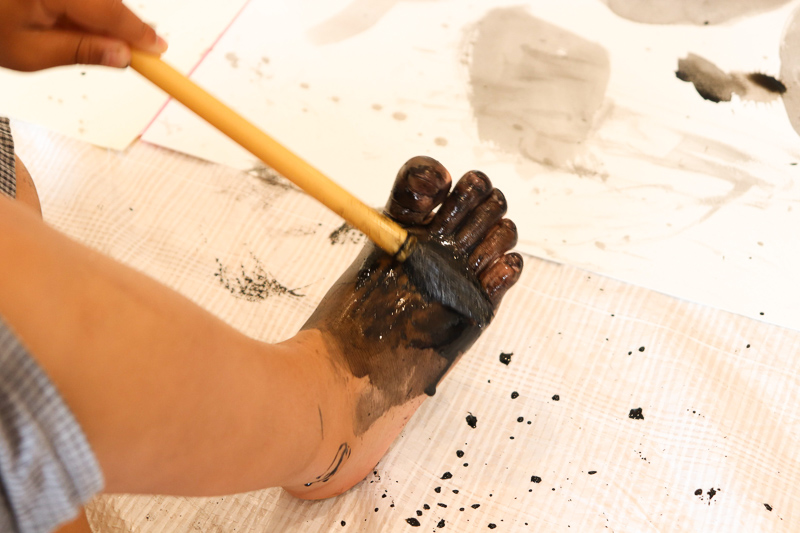
And then it was the day before Tanabata. We decided that a little decoration on the bamboo tree would be fun, and cut up the painted masterpiece and created ornaments. “Goshiki no tanzaku…(five colours of tanzaku ornaments)” is a line from the traditional Japanese nursery rhyme “Tanabata sama” -at Yamanoko, only two colours were used; black and white. However, looking back on the whole process of Tanabata work we all went through, we say that to us it is one rich colourful experience.
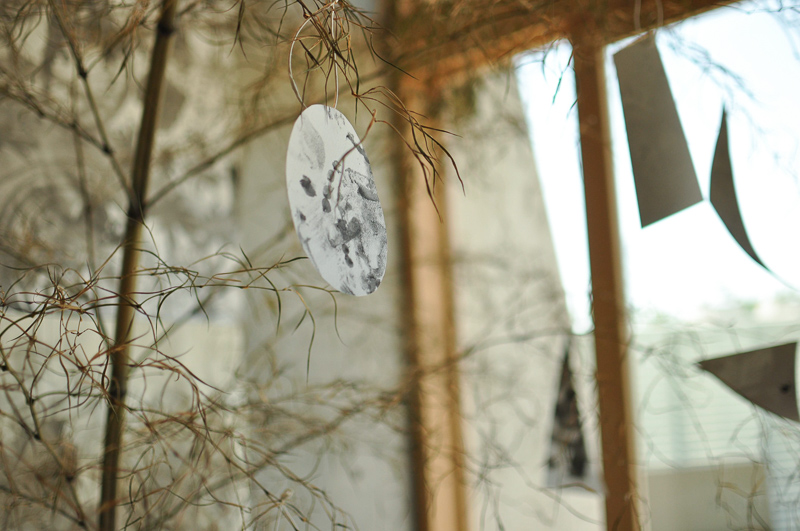
Discussing ways to bring to an end
A few days after the Tanabata day, 7th of July; I sent an email to the team suggesting a bonfire activity with the children of both Yamanoko and Home using the Tanabata bamboos. “We can also use the bamboo ash as fertiliser,” replied S-san from JIRO, the ex-member of Yamanoko. “I can make a broom out of the bamboos too!” H-san, our janitor, insisted. After many ideas were shared and developed, we decided to adopt Hideo san’s suggestion, and use the rest of the bamboo branches to support the vegetables grow in the garden farm. Tanabata bamboos have transformed as daily tools of Yamanoko -our Tanabata festival shall never end, but continue to live on as part of our daily scenes.
Reflection
The biggest accomplishment of all was that we succeeded in creating one Tanabata experience as a team of two childcare centers -Yamanoko Sorai and Home.
We shared reactions by children, how we made attempts to communicate with them, our progress and opinions to one another to develop the project. The system of giving and receiving feedbacks instantly, learning from each and every progress contributed in developing our culture of “creating as a team of two”, which, I believe, not only Tanabata but shall also make our way of child education more fun and original.
Throughout this process, we were confronted with many questions and ideas such as “(because there are fewer houses with altars for ancestors) why don’t we create a spiritual space in one corner of the playground because there are fewer moments to pray during the everyday life”. This is not specifically related to Tanabata but in Akebi Class, they welcomed ancestors by creating a cow/horse figure with eggplants and cucumbers. Also, in the playground of Yamanoko, a tomb to mourn the death of bugs has been created.
This project has made me want to create a space in everyday lives of children where they can practice putting their thoughts and prayers close to a bigger part of the ecosystem. We call it “the Tanabata of prayer project”.
“The bamboo brooms full of prayers, what a way to fly like a witch!” -Aya Endo













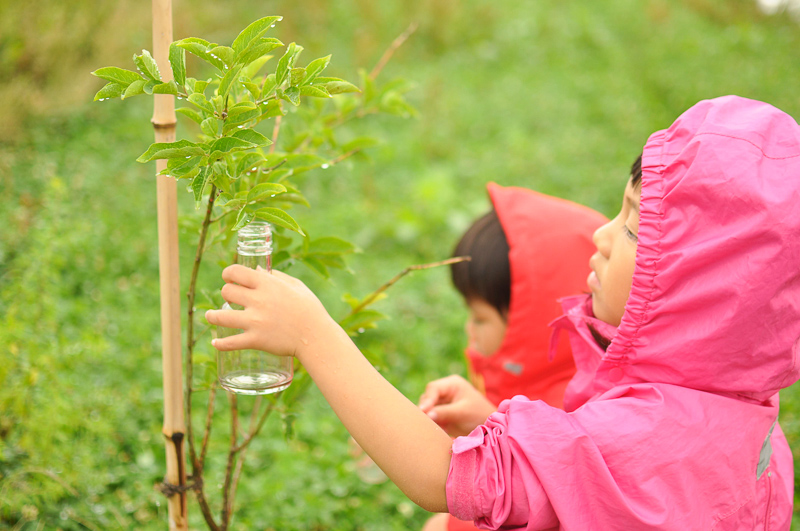


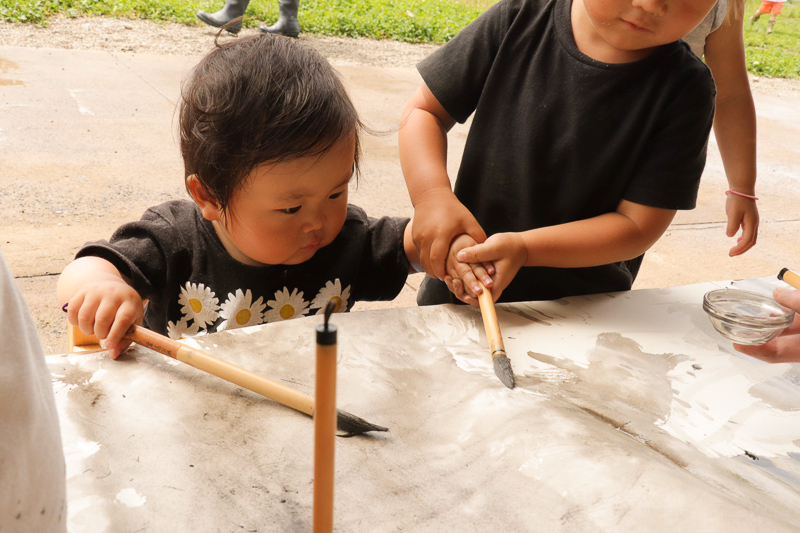
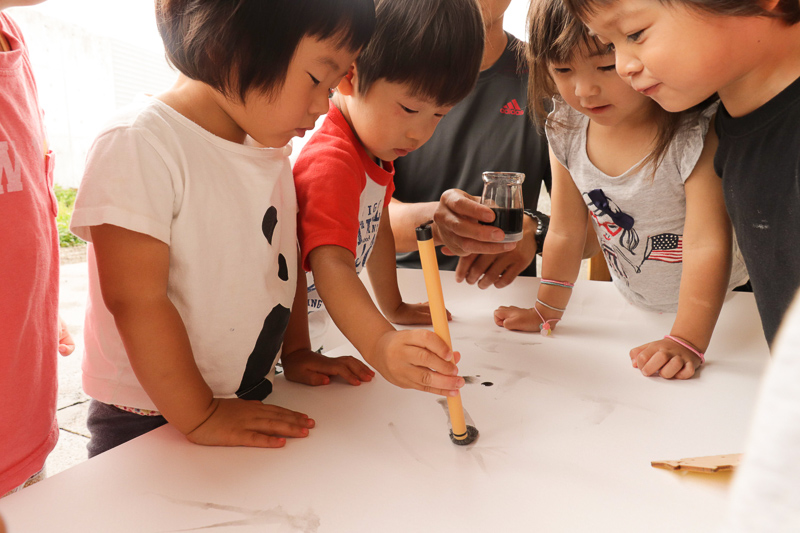

 PREV
PREV